A visit to the Plaza de la Paja (Straw Square) is a must if you are strolling along Barrio de la Latina and want to imagine what medieval Madrid was like. This small square is currently a very lively and bustling one, especially on Sunday mornings when the Madrileños take a walk along La Latina seeking a little sunshine and a pavement café where they can enjoy having a glass of beer. Centuries ago, this square had one of the most important markets in the capital city.
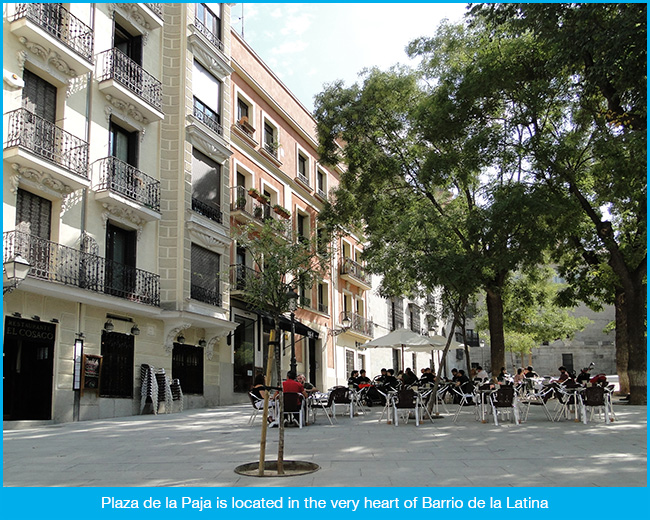
We can say that in the Middle Ages, around the XIII century, Plaza de la Paja was the absolute referent in buying food, because this small square was a very important commercial centre where the merchants supplied the Madrileños with food.
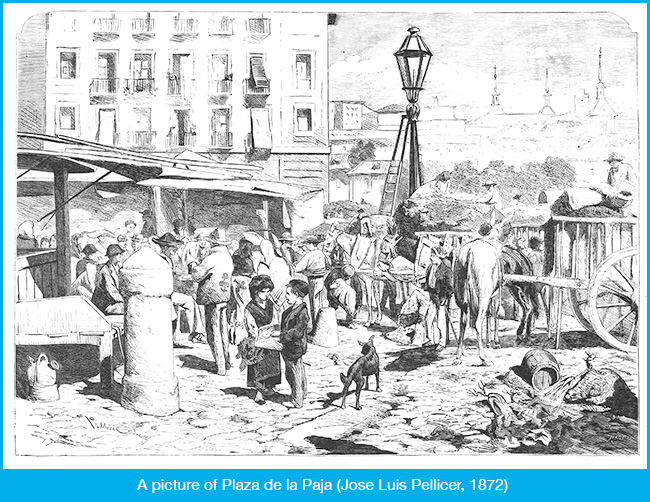
There, a large part of the food of Madrid was bought daily and this went on till the XV century when it was decided to transfer commercial transactions to a larger square. Today, in this article we want to reclaim Plaza de la Paja as being an iconic place, due to its important past, located in the centre of the capital city. After having visited Plazuela de San Javier, our section Corners of Madrid will be dedicated today to Plaza de la Paja. Do you want to visit it with us?
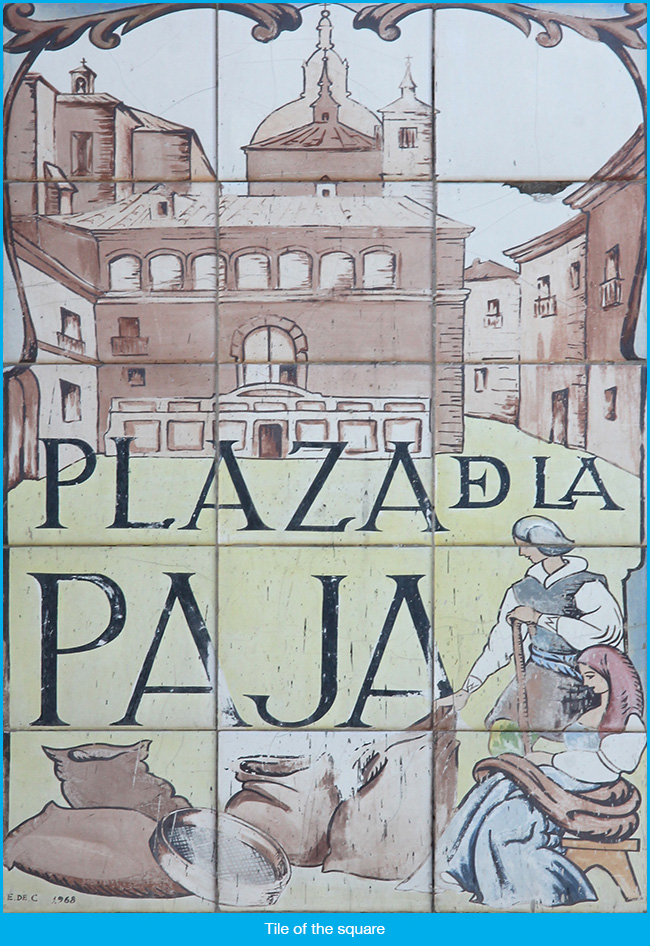
AN UNRIVALLED MARKET
Plaza de la Paja is located in the heart of Madrid de los Austrias, in the very centre of the historic part of the city. It is next to Calle Segovia and up and down the square runs Costanilla de San Andrés.
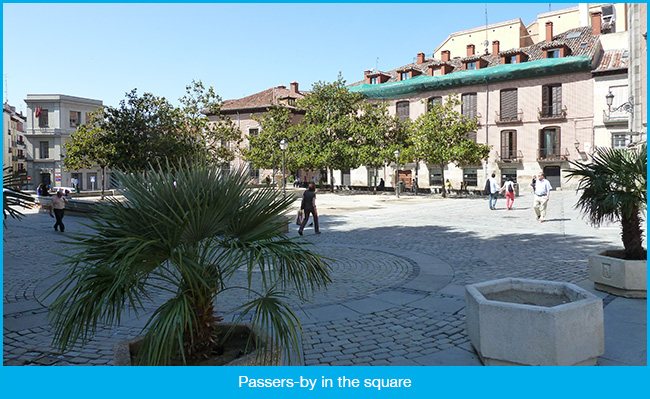
As we have already mentioned, during the XIII and XIV century this market was one of the most important ones not only of Madrid but also of the whole region. People went there to buy not only livestock and cereals but also every kind of wholesale food. The origin of its name stems from the fact that in the olden times the citizens of Madrid handed over straw in that square so as to help keep the mules that belonged to the ecclesiastical personalities of the city.
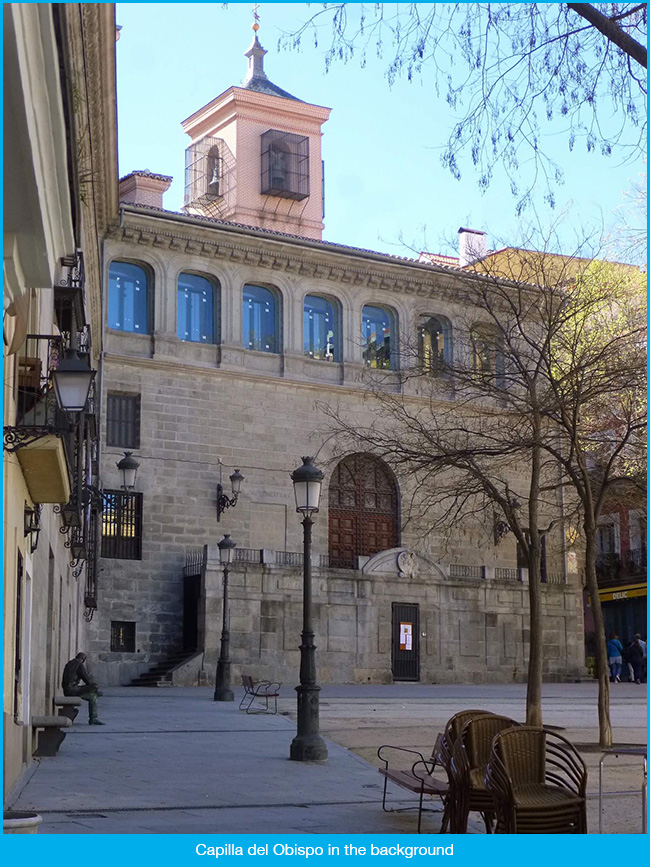
During two centuries it was a key market in Madrid, so much so that as it continued to grow it became more and more difficult to accommodate the livestock and the goods that were sold there. Hence, in the XV century Juan II de Castilla had Plaza del Arrabal built (subsequently becoming Plaza Mayor), and so the commercial activity of the city was moved to this new space. It is then that Plaza de la Paja declined in significance even though it continued to be a place of residence for the nobility.
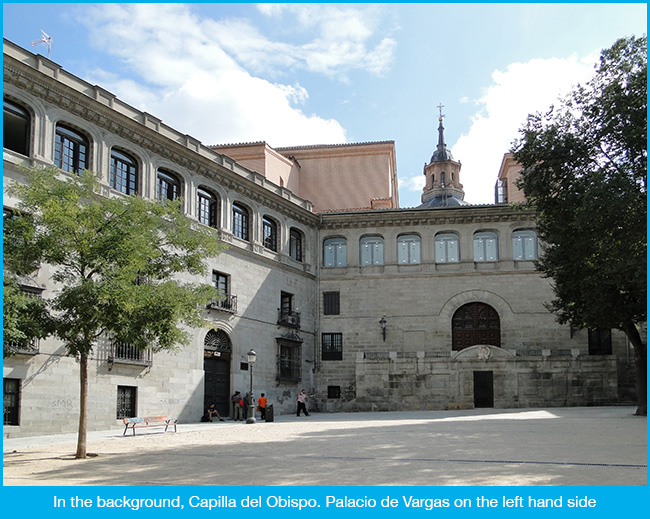
A VERY SPECIAL GARDEN
Plaza de la Paja has uneven ground because when it was built the steep riverbank of Arroyo de San Pedro (currently non-existent) had to be taken into consideration. We can highlight the austerity of its construction as it has almost no ornamental elements. The only exception is a bronze sculpture of a man, sitting on a bench, reading a newspaper.
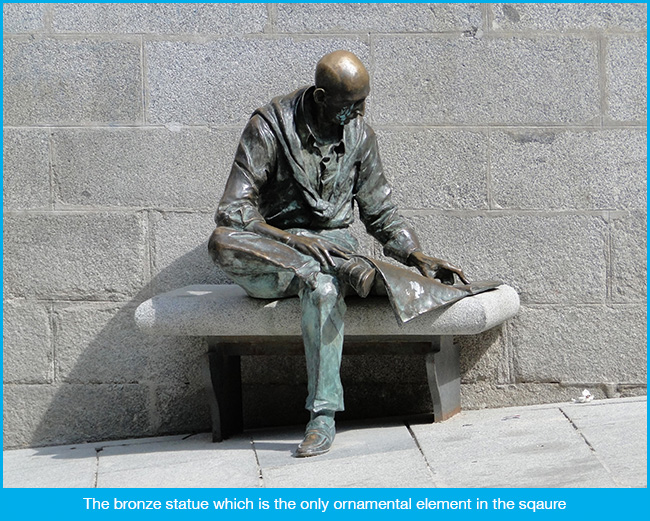
From Plaza de la Paja we can see Torre de San Pedro el Viejo which is a Mudejar building. On the northern part of the square there is a small and picturesque garden called Jardín del Príncipe de Anglona which dates back to the XVII century and is one of the few gardens of the nobility that exist in Madrid. Since 2002, it can be visited as it is open to the public. Next to this garden, we can see Palacio del Príncipe de Anglona of the XVI century and also the mythical Colegio de San Ildefonso where some of the students still continue with the tradition of singing the Christmas lottery prices each year. On the southern part of the square we can see the façade of Capilla del Obispo which is next to Iglesia de San Andrés built in 1535.
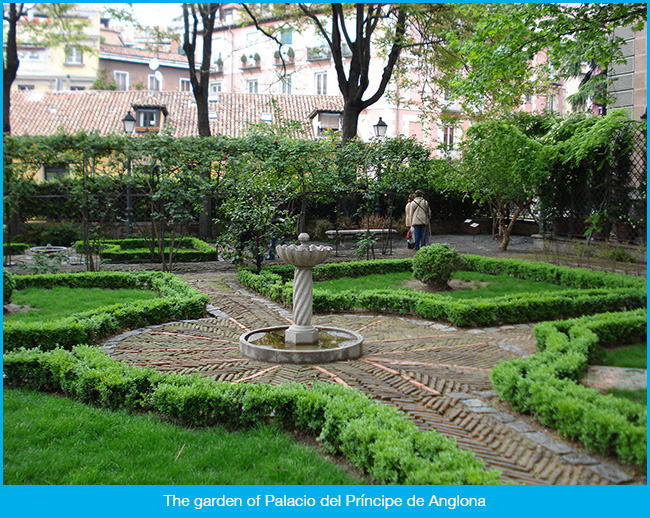
DID YOU KNOW THAT…?
The Reyes Católicos (The Catholic Monarchs), used to stay at Plaza de la Paja when they went to Madrid. As it was one of the most important squares of the city it was surrounded with palaces. Among them were Palacio de los Lasso de Castilla, Palacio del Infantado, Palacio de los Vargas and Casa y Torre de los Lujanes. Palacio de los Vargas is one of the few buildings of the time that is still preserved today.
Pictures 01, 06, and 07: Bernard Gagnon
Picture 03: Luis García
Pictures 04: Mertxe Iturrioz
Picture 05: Zarateman
Picture 08: losmininos




 Spanish
Spanish English
English